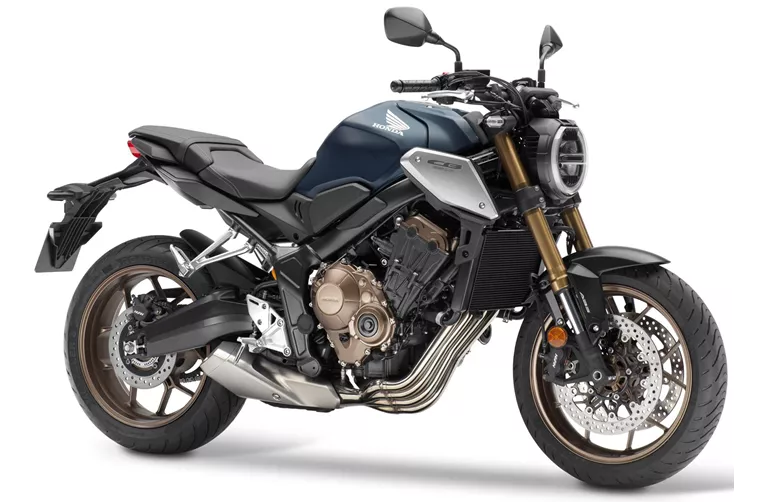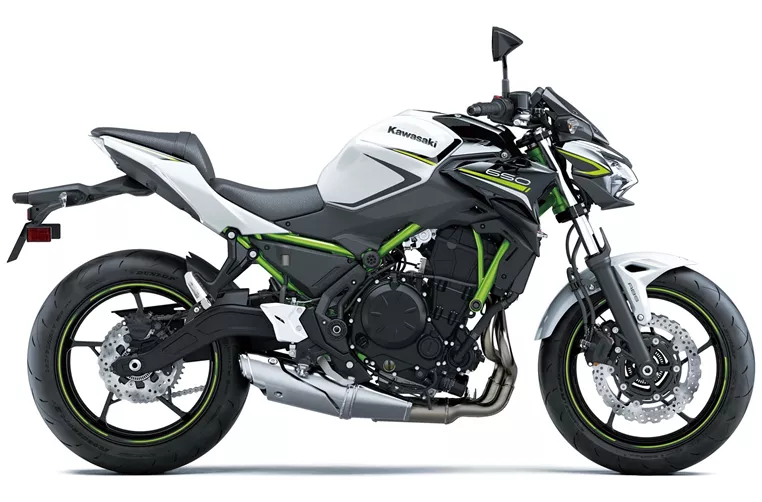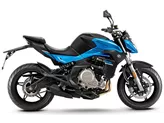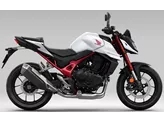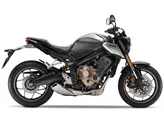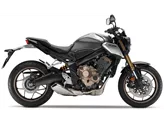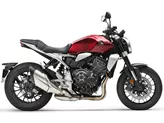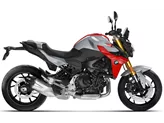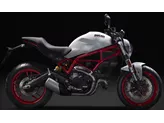Honda CB650R 2019 vs. Kawasaki Z650 2020
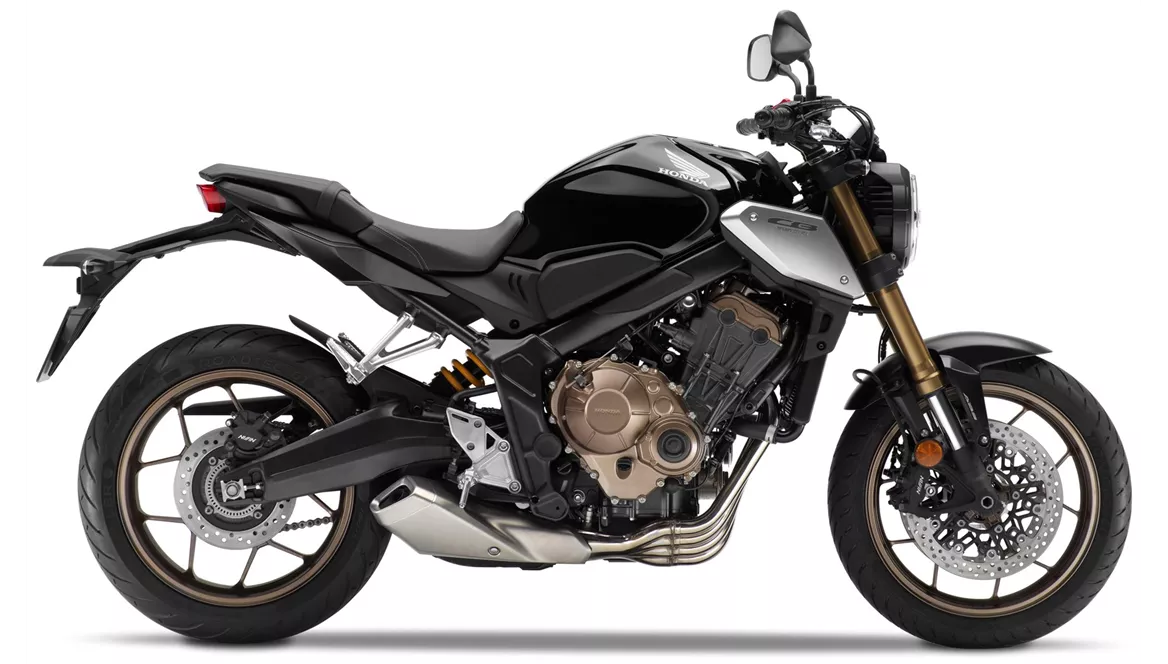
Honda CB650R 2019
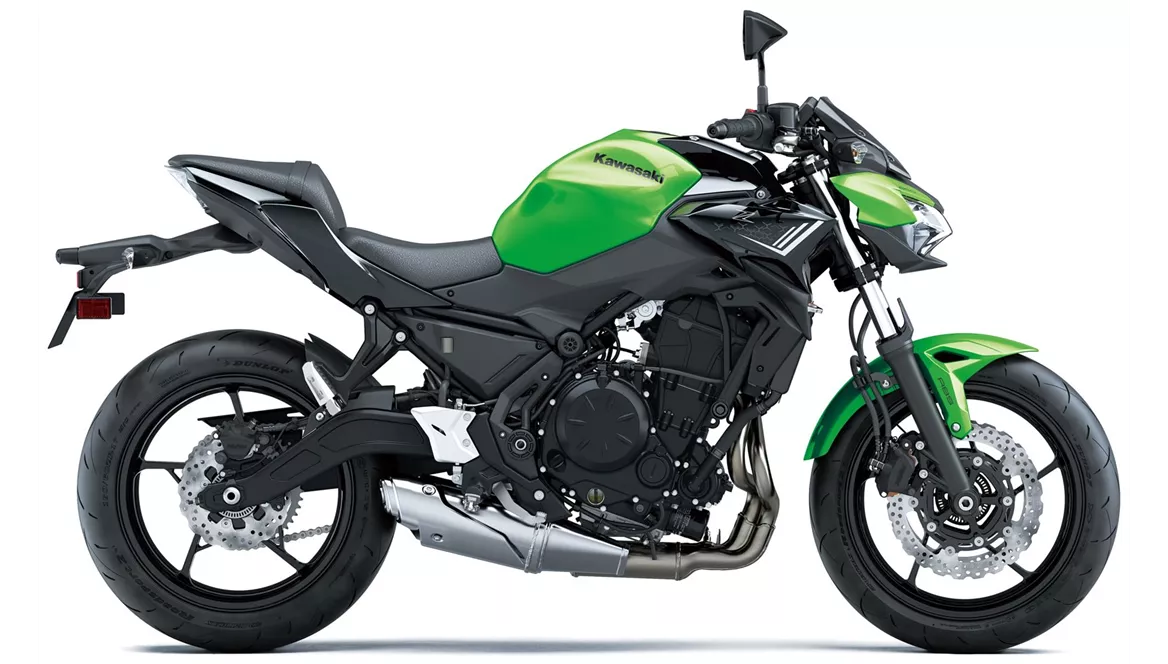
Kawasaki Z650 2020
Overview - Honda CB650R 2019 vs Kawasaki Z650 2020
The Honda CB650R 2019 and the Kawasaki Z650 2020 are both naked bikes with similar engine types, fuel systems, and displacements. However, there are several differences between the two models.
In terms of engine power, the Honda CB650R 2019 has a higher output with 95 HP compared to the Kawasaki Z650 2020's 68.2 HP. The Honda also has slightly lower torque at 64 Nm compared to the Kawasaki's 65.7 Nm. This means that the Honda may have better acceleration and top speed capabilities.
Both bikes have liquid cooling systems and feature a swing arm suspension with monoshock rear absorbers. The Honda CB650R 2019 has an upside-down telescopic fork front suspension, while the Kawasaki Z650 2020 has a regular telescopic fork front suspension. This may result in slightly different handling characteristics, with the Honda potentially offering better stability and control.

Honda CB650R 2019
In terms of braking, both bikes have double disk front brakes with double piston calipers. However, the Honda CB650R 2019 has larger 320 mm diameter disks compared to the Kawasaki Z650 2020's 300 mm diameter disks. The Honda also utilizes wave technology in its front brakes, which may provide improved braking performance.
Both bikes are equipped with ABS as part of their advanced rider assistance systems. The Honda CB650R 2019 has LED headlights as standard equipment, while the Kawasaki Z650 2020 features LED daytime running lights in addition to LED headlights. The Kawasaki also has a TFT display, which offers connectivity options not found on the Honda.
In terms of dimensions and weights, the Honda CB650R 2019 has a slightly longer wheelbase at 1450 mm compared to the Kawasaki Z650 2020's 1410 mm. The seat height of the Honda is also slightly higher at 810 mm compared to the Kawasaki's 790 mm. However, the Honda is slightly heavier with a kerb weight of 200 kg compared to the Kawasaki's 185 kg.
Both bikes have similar front and rear tire sizes, but the Honda CB650R 2019 has wider rear tires at 180 mm compared to the Kawasaki Z650 2020's 160 mm. The fuel tank capacity is also slightly larger on the Honda at 15.4 liters compared to the Kawasaki's 15 liters.
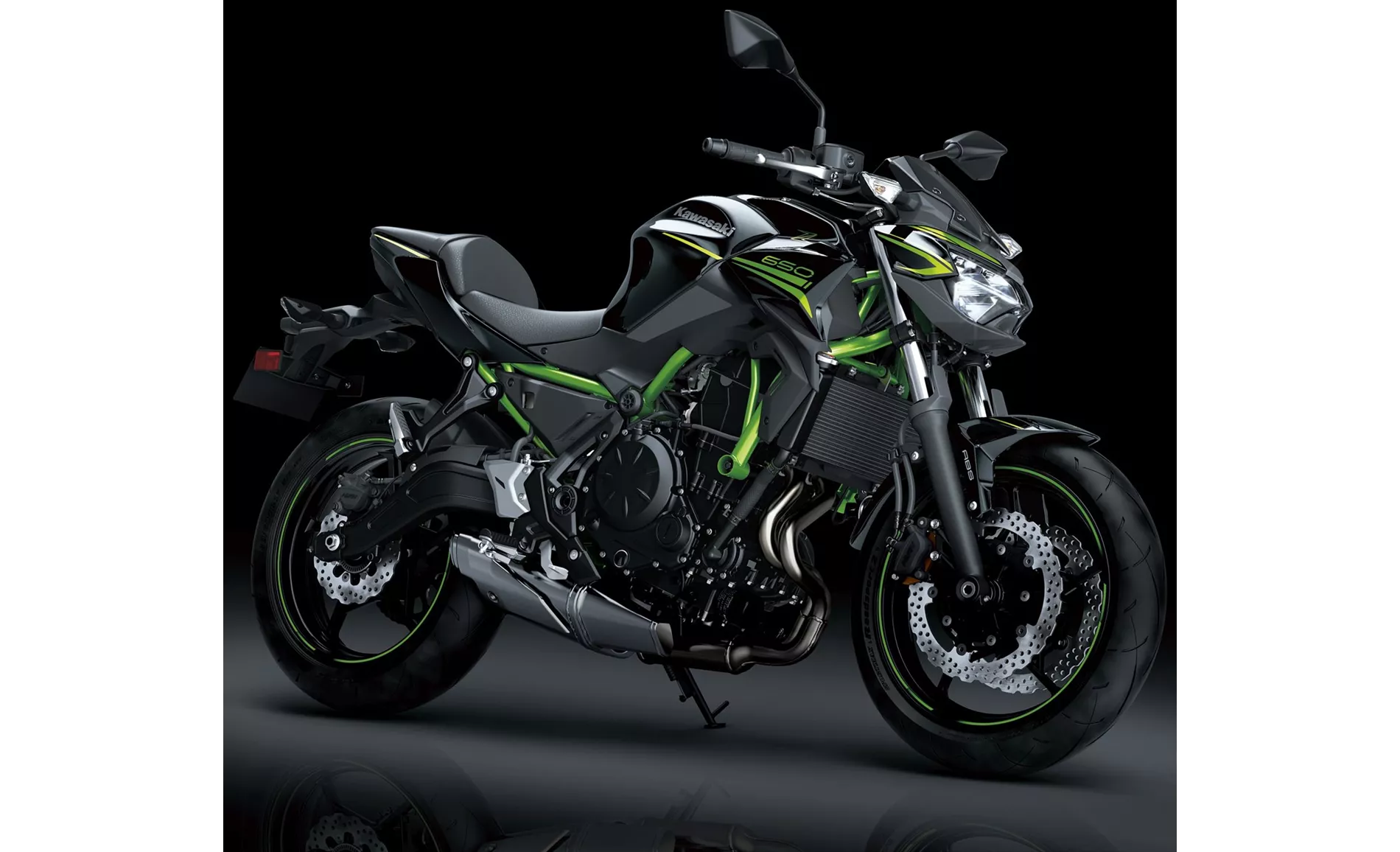
Kawasaki Z650 2020
In terms of strengths, the Honda CB650R 2019 is praised for its rev-happy engine, reasonable power, sporty seating position, wide handlebars, and comfortable everyday use. It also has a pretty display. On the other hand, the Kawasaki Z650 2020 is praised for its powerful two-cylinder engine, aggressive intake noise, compact dimensions, low seat height, stable chassis, TFT display with connectivity, and grown-up look.
In terms of weaknesses, the Honda CB650R 2019 is criticized for its weakness in the chassis, which may be seen as a disadvantage. It also does not have as much power from the hairpin as its two-cylinder competition. The Kawasaki Z650 2020 has been criticized for its front brake pressure point, which may not offer the best braking feel. It may also be uncomfortable for tall riders, and its Rideology App is not considered 100% sophisticated.
Overall, both the Honda CB650R 2019 and the Kawasaki Z650 2020 have their own strengths and weaknesses. The choice between the two will depend on the rider's preferences and priorities, such as power, handling, comfort, and features.
Technical Specifications Honda CB650R 2019 compared to Kawasaki Z650 2020
Pros and Cons in comparison
Pros and Cons in comparison
Honda CB650R 2019
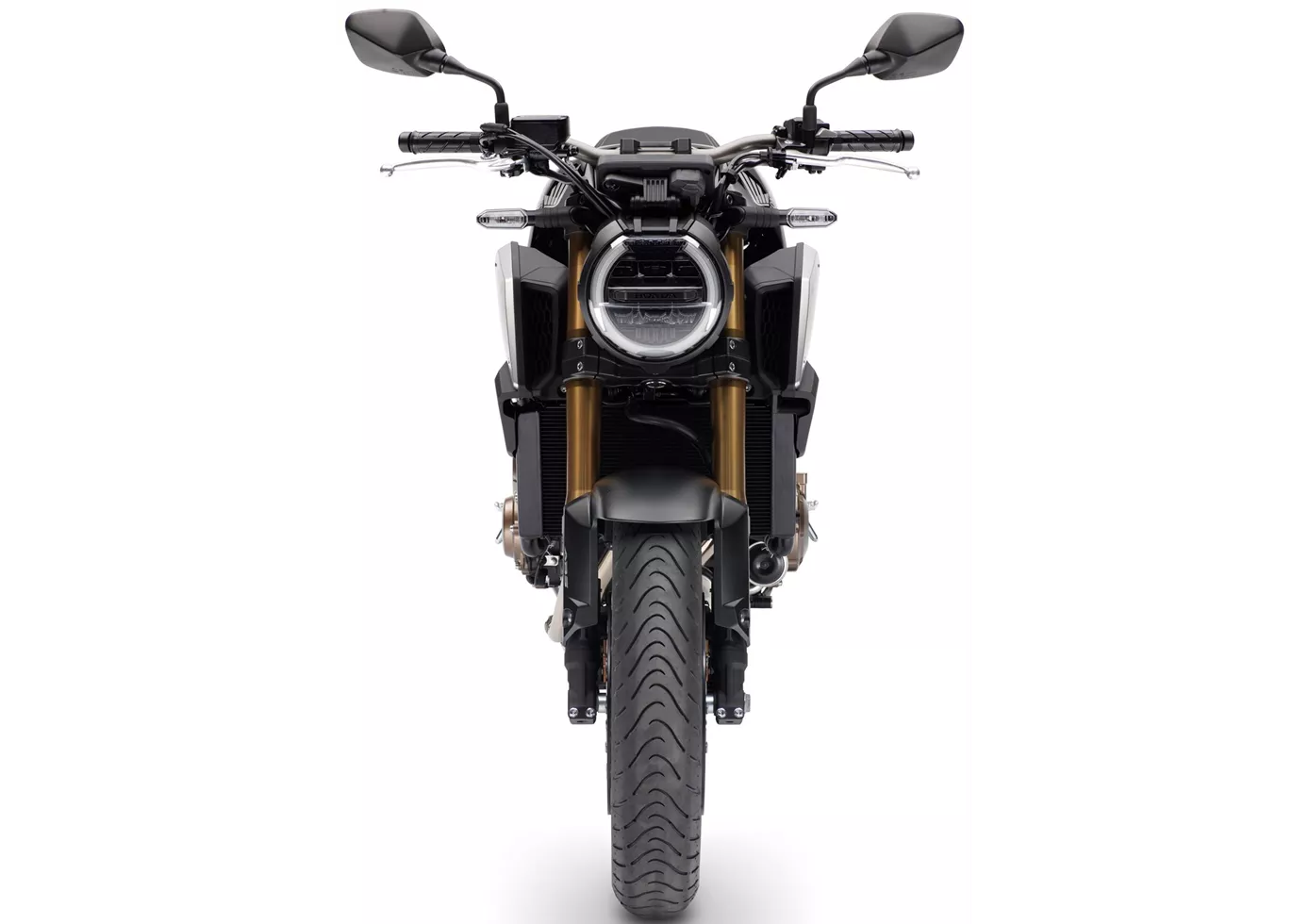
Honda's CB650R proves brilliantly that four-cylinder naked bikes with little displacement are also a real source of joy on the country road. The engine tuning gives enough pressure from the hairpin bend and rewards with a wonderful four-cylinder shriek after a short wait. The suspension components clearly attempt a balancing act between everyday life and sportiness, which is why unrest can quickly be found in the vehicle when approaching the cornering at a brisk pace. Somehow, however, this imperfection gives the Honda a lot of character and gives the rider the feeling of having to actively integrate himself into the action. For country road racers with a daily commute, a real recommendation!
Kawasaki Z650 2020

It's simply marvellous what Kawasaki has put together in a complete package with the new Z650. The technical components may not knock your socks off individually, but in combination they make for a pleasantly neutral motorbike that everyone will enjoy. No bitchy idiosyncrasies - simply a naked bike that works really well on winding country roads. Of course, the TFT display, which we don't find in the competition at the moment, is a plus, as is the grown-up look, which is strongly oriented towards the larger Z models. Only the pressure point of the front brake could have been more clearly defined - but you can't have everything in this price range.
Price Comparison Avarage Market Price Honda CB650R vs Kawasaki Z650
There are a few key differences between a Honda CB650R 2019 and a Kawasaki Z650 2020. In terms of price, the actual average price of a Honda CB650R 2019 is about 3% higher. A Honda CB650R 2019 experiences a loss of 410 USD in one year of ownership. This is offset by a loss of 30 USD for a Kawasaki Z650 2020. Compared to Kawasaki Z650 2020 there are less Honda CB650R 2019 bikes available on the 1000PS.de Marketplace, specifically 7 compared to 21. It takes less time to sell a Honda CB650R with 61 days compared to 80 days for a Kawasaki Z650. Since model year 2019 1000PS.de editors have written 23 reviews for the Honda CB650R and 31 reviews for the Kawasaki Z650 since model year 2017. The first review for the Honda CB650R was published on 10/8/2018 and now has more than 53,700 views. This compares to more than 25,000 views for the first review on Kawasaki Z650 published on 11/8/2016.
